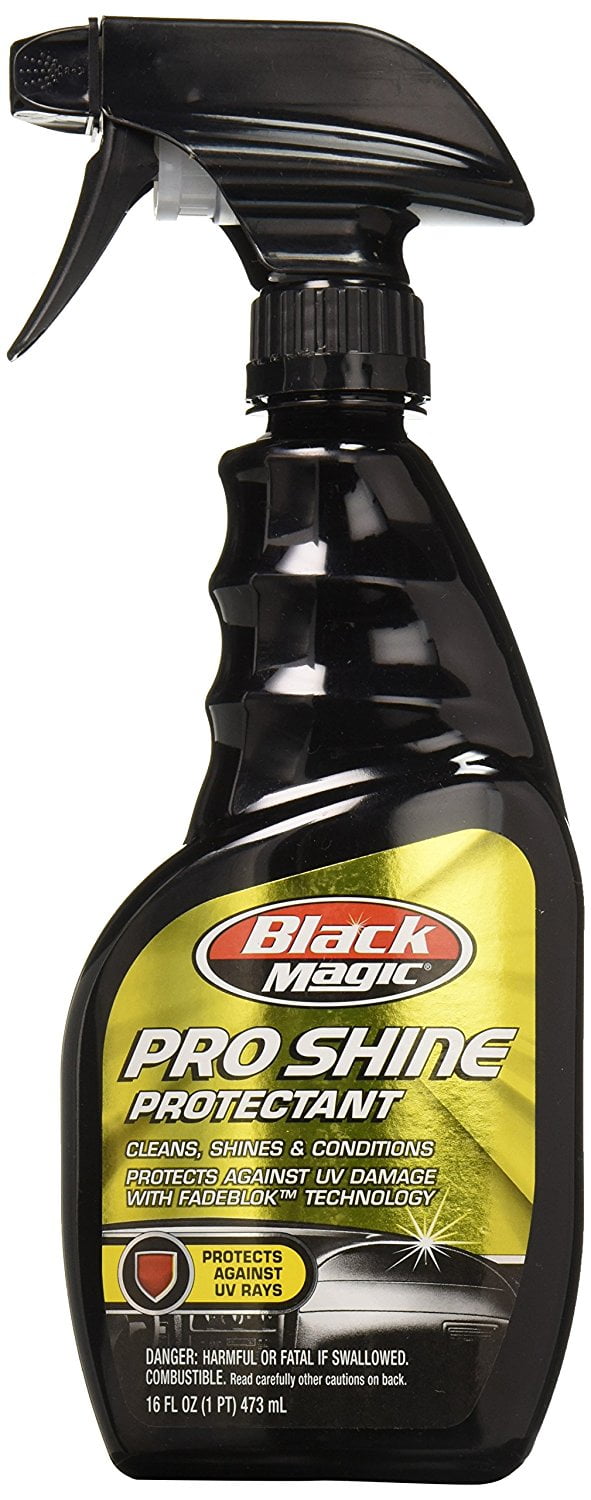
Optimum No Rinse is a great option because it can be used for a wide variety of needs (quick detailing, clay lube, no-rinse washes, cleaning inside of door jambs, etc).

It’s only recommended that you use medium grade clay if you are polishing afterwards.Īs for clay lubes, there are plenty of choices out there. The medium grade clay is used for more heavily contaminated vehicles (cars that have gone many years without claying), and it has a greater risk of marring the finish. The finer the clay, the less chance of marring the finish. If you are new to clay, or you clay often and thus already have a vehicle in good condition, I would recommend using a fine grade bar of clay from Clay Magic, Chemical Guys, or Clear Kote. Without lubrication, the clay cannot glide across the surface, and will actually leave marring and residue (OK, important safety tip…use plenty of clay lube!). What’s the claying process?įirst you’ll need some clay and a proper clay lubricant to protect the surface. Run this across the surface with your hand, and if anything grabs at the plastic, you know that you need to clay. You can either put your hand inside of a plastic baggie, or use some plastic wrap from the kitchen. If so, you’re feeling contaminants that need to be removed. When the car is wet, lightly run your fingers across the surface to see if you feel any rough spots. How do I know if my car needs to be clayed? If you live or work in an area with a high level of industrial fallout, then it should be done more often.

My personal vehicles will get clayed right after we come out of the harsh Midwest winter and then again in the fall before I apply my winter sealant. That depends on a lot of factors, but as a rule of thumb I recommend that it be done twice per year. I always recommend that a brand new car gets (at the very least) clayed to remove these contaminants. Many of them also spend time on trains and trucks to get to their final destinations where…they sit in lots some more! It’s very common to find rail dust on brand new vehicles.

Yes, absolutely! Once cars are built, they typically sit in lots or shipping docks that have a high exposure to industrial fallout. Not only does claying prevent potential damage from some of these corrosive materials, but it also provides a smooth surface that allows your sealant or wax to adhere better. Over time that will build up and the only way to remove it is by claying.īy rubbing the detailing clay across the surface of the vehicles, it will actually trap these particles and contaminants leaving a fresh, smooth finish. If you run your car through the occasional touch-less car wash (do NOT use car washes with brushes or anything else that touches the surface…that’s another topic I will cover), you will notice that there is still a film of road grime left. Regular washing doesn’t always remove all of the contaminants from the surface either. Tiny metal particles (commonly referred to as rail dust) will embed into the finish, and will show up as very small rust colored specs that are particularly easy to spot on white cars. Some of these items can be corrosive, and they will start to damage the clear coat and cause rust spots if not removed regularly by using a clay bar.

Items like brake dust, industrial fallout, bug residue, tar, etc. The surface of your vehicle is constantly getting exposed to airborne contaminants that will actually stick to the finish and potentially cause damage. Let’s take a look at a few key areas about claying. While there are a few important safety tips to be aware of before trying it, claying your vehicle is actually quite easy and doing it a couple of times per year will help maintain a smooth, clean finish. They have heard that using a clay bar will remove contaminants and provide a very smooth finish, but they are reluctant to try it.
#Black magic engine shine advanced auto professional
To many, claying is a magical and mysterious process that only the professional detailers use.


 0 kommentar(er)
0 kommentar(er)
